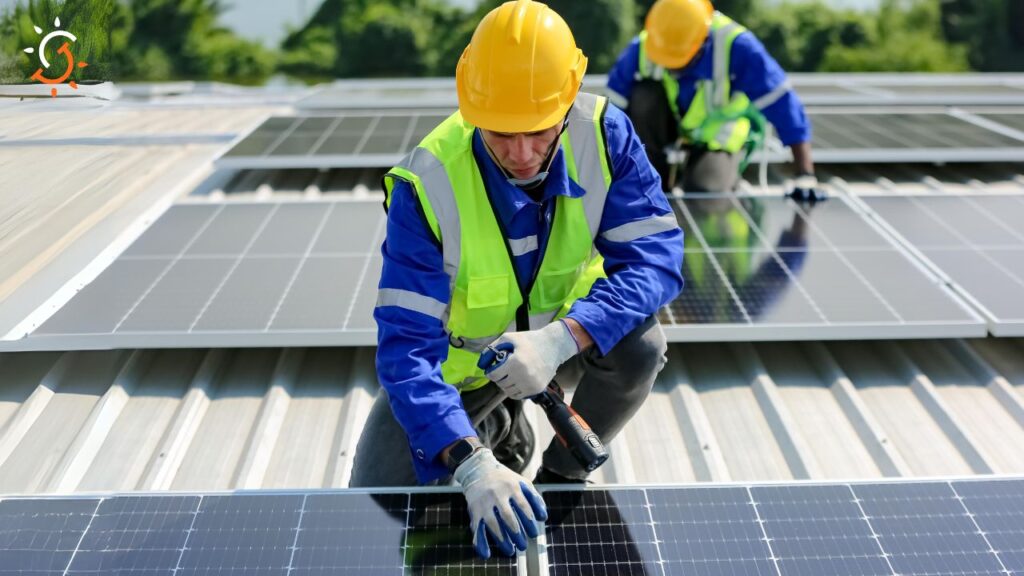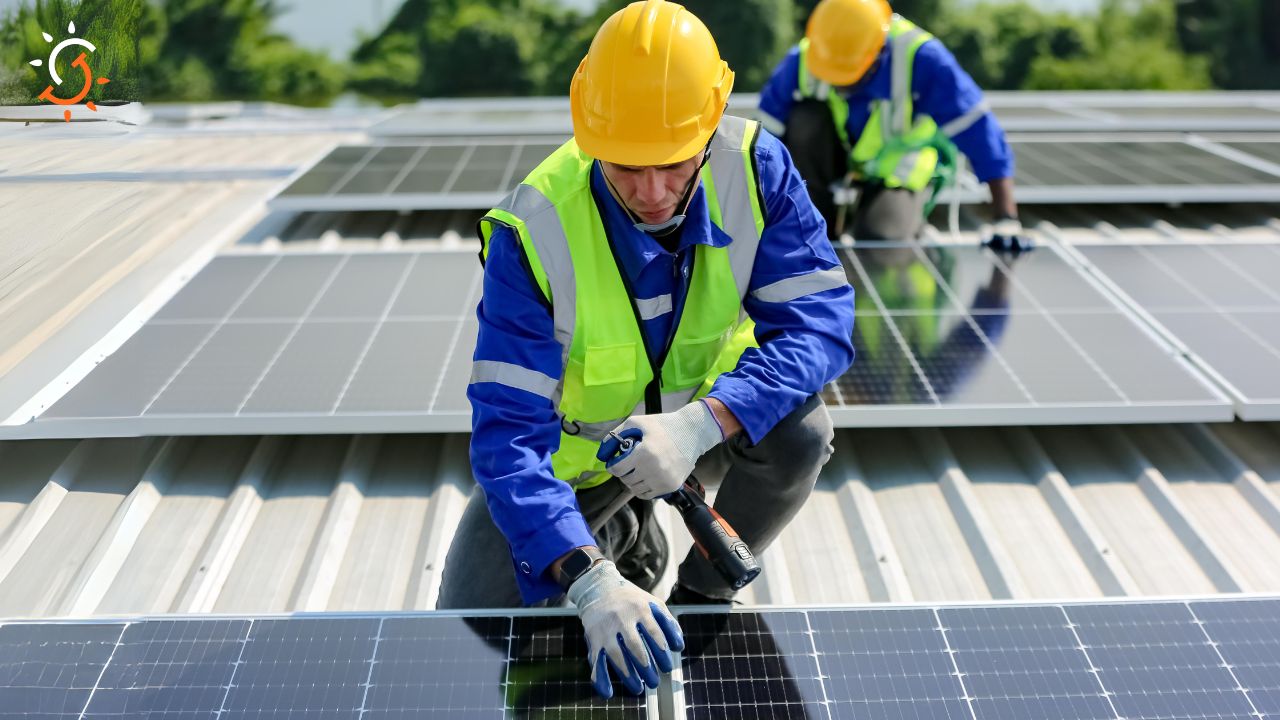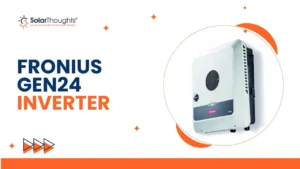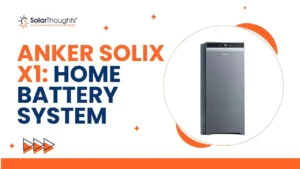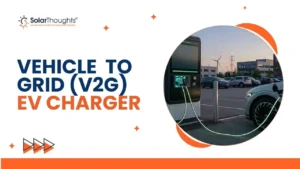Introduction
Solar energy systems are becoming increasingly popular for homes and businesses as a renewable way to reduce electricity bills and carbon footprint. Solar panels can last 20-25 years or more if properly maintained, but dirt and debris buildup will diminish their productivity over time. Keeping panels clean is essential to maximize solar system performance and return on investment. For Expert solar cleaning services in Brisbane, reach out to us.
Table of Contents
ToggleBelow are some essential points to help you effectively clean your solar panels:
Reduced Solar Production Due to Soiling
Even small amounts of soiling caused by dust, dirt, pollen, bird droppings, etc. can significantly reduce the amount of sunlight reaching the solar cells. Some studies have shown 13% to 25% losses in power generation due to surface contamination, which can really add up over months and years. Most solar panel systems see at least some degree of natural soiling depending on environmental conditions and local pollution levels. Proactive cleaning ensures peak electricity production capacity for the life of the system.
Restored Efficiency and Productivity
A thorough cleaning that removes accumulated films and soils allows for full sunlight absorption again, restoring a solar array to maximum efficiency and productivity. When done properly, solar panel washing increases electricity generation and can provide a return on investment through increased energy cost savings. Keeping the glass surfaces clean over the system’s lifetime has a major positive impact on solar panel efficiency and the bottom line.
Higher Return on Investment
The upfront cost of a solar panel system is high for many homeowners and businesses. But the investment is recouped over time through energy bill savings and sometimes payments received for contributing excess solar electricity back to the grid. When solar panels are allowed to accumulate dirt buildup, the return on investment timeframe is lengthened. Keeping panels clean allows for a better and faster return on the solar energy investment.
Prevented Damage and Equipment Failure
Allowing thick layers of dirt, pollen residue, bird droppings, and other contaminants to remain stuck on solar panels can actually lead to damage over time. Some debris eats away at protective coatings while some shortcut electricity pathways. Water and moisture that get trapped underneath layers of dirt can also cause corrosion, shorts or other electrical and mechanical problems. Keeping solar array surfaces clean protects the equipment from damage and helps prevent unnecessary failures and replacement costs.
Safety Risk Reduction
In addition to equipment damage risks, heavy soiling also poses some safety hazards for rooftop and ground-mount systems. Built up grime prevents heat from dissipating properly through the glass solar panel coverings. Excessive heat raises fire risks and can also cause damage over time. Proper washing keeps temperature levels safe and suitable for residential and commercial solar installations while also mitigating fire hazards.
Visual Appeal
For solar panels that are visible to customers, visitors and passersby, keeping the arrays clean also provides better visual appeal. Cleaner looking solar systems give a better impression of the business or home, demonstrating environmental responsibility and quality maintenance practices. For some business solar customers, clean organized solar arrays also aid in marketing, public relations and brand image for sustainability commitments.
Maintain Peak Performance
For solar panels that are visible to customers, visitors and passersby, keeping the arrays clean also provides better visual appeal. Cleaner looking solar systems give a better impression of the business or home, demonstrating environmental responsibility and quality maintenance practices. For some business solar customers, clean organized solar arrays also aid in marketing, public relations and brand image for sustainability commitments.
When to Clean
How often solar panels need cleaning depends on environmental factors and the site conditions where the system is installed. Solar arrays in arid desert climates may only need a few professional cleans per year while coastal areas or seasonal pollen zones could need quarterly or even monthly panel washing at peak debris times. Monitoring array output along with visits to inspect panel appearance helps determine optimal cleaning frequency. Why Its Essential to Clean Solar Panels Optimizing Efficiency with Regular Spring and Fall Cleanings
Professional Solar Panel Cleaning
While solar panel cleaning may sound straightforward, professional solar array washing services are recommended for most customers. Companies experienced with solar systems use specialized equipment and methods less likely to damage the glass surfaces or electrical components. They also have extensive safety protocols for working on rooftop installations. Technicians inspect for any underlying issues during cleaning and may recommend panel maintenance, repairs or replacements as needed.
Solar Panel Maintenance Plan
The most practical long-term solution is establishing a regular professional solar panel maintenance program customized for each customer’s system and local environment. A typical package includes one or more annual panel washings using high-quality solar cleaning products, testing system performance and monitoring for any emerging problems. This prevents the incremental efficiency losses from ongoing soiling buildup and keeps the system running like new over decades of service life.
Keeping solar panels clean is one of the most effective ways to protect the investment in the long run. Regular professional washing and solar panel maintenance provide optimal equipment longevity and functioning to realize the full financial and sustainable electricity benefits these systems provide. Contact leading solar services in Brisbane area for affordable maintenance plans to maximize the output and return on investment from solar array installations.

